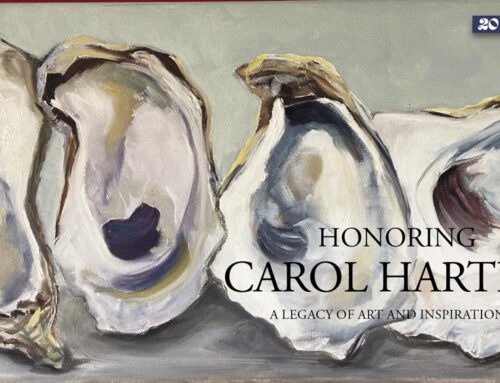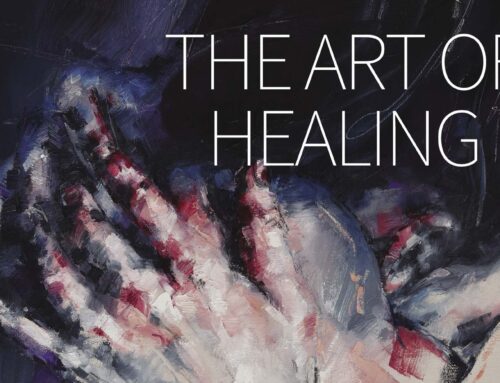
Remembering Eric Hartley
WORDS BY HEATHER L. YOUNG PHOTOS GRACIOUSLY SHARED BY DEE HARTLEY
SUMMER 2022
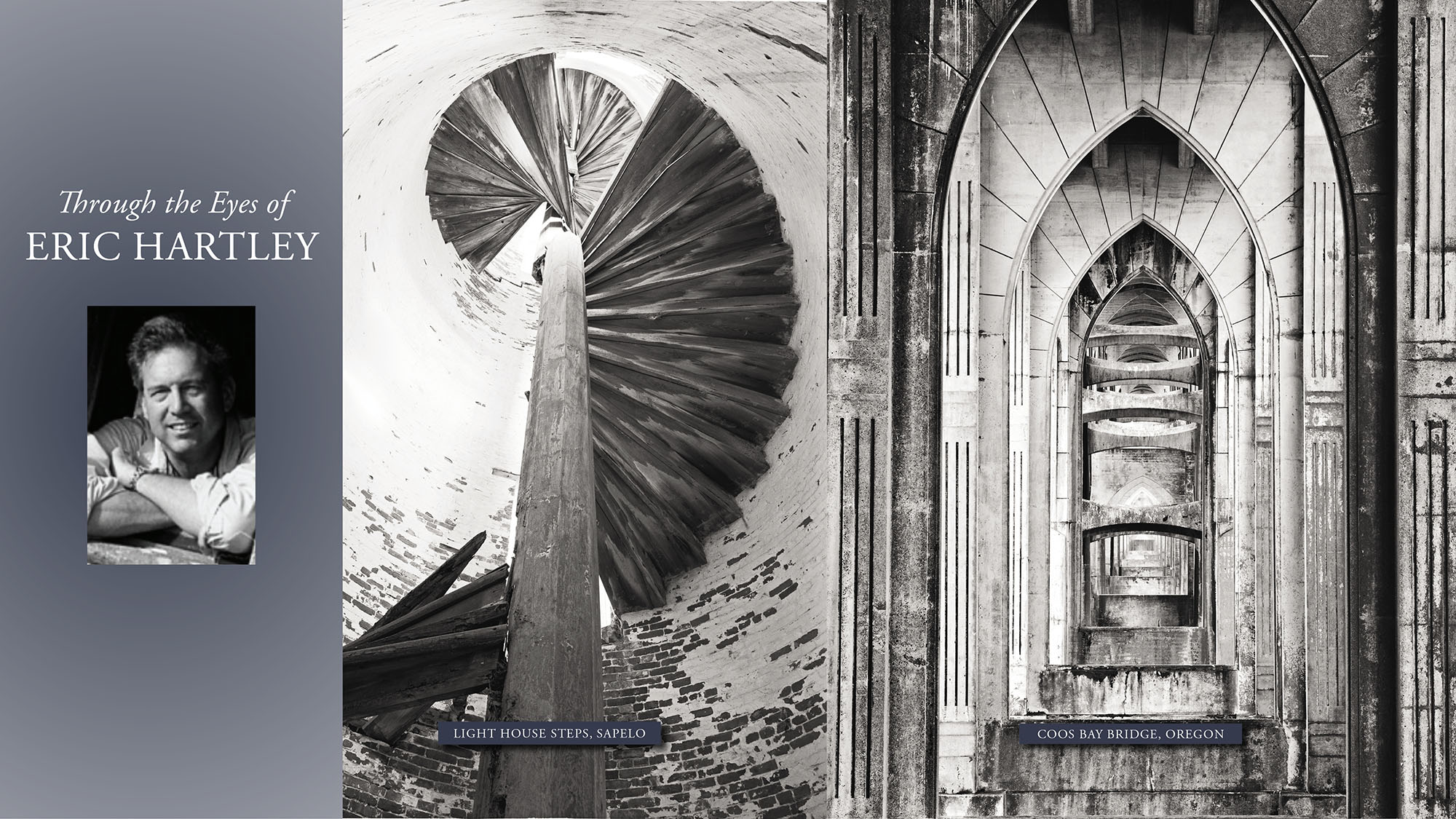
I walked into the Estes Gallery, located inside Great Oaks Bank, on June 3rd, fully expecting a sea of familiar faces. It’s the one-year anniversary of this gallery space, and the launch of its first solo show, Through the Eyes of Eric Hartley, A Photographic Collection. Unlike previous openings there, this show is spread thoughtfully throughout the bank. 25 black and white works from the late artist deck the walls, each with enough breathing room to take in the precision of the artist’s work. The room bustles with friends and family, Arts on the Coast members, local art enthusiasts, and even a friend of 50 years, who made the drive down from North Carolina just to see this collection on display. It’s clear he was well loved.
Prior to opening night, I had the opportunity to preview the collection from a purely objective viewpoint. His compositions remind me of abstract paintings, carefully broken into shapes and lines, and strategically framed for the viewer’s eyes to waltz around the image. I’m particularly drawn to the perfect alignment of the horizon line on his “St. Catherine’s Dock” photograph. I mention this to photographer Joy Dunigan, who beautifully curated this body of work and serves as vice president of Arts on the Coast: “It was very deliberate. It’s what makes that photo so brilliant. It’s these kind of attributes that immediately tell the viewer they are looking at work by a very professional, experienced fine art photographer. One of the biggest mistakes amateur photographers make is forgetting to straighten the horizon line. That kind of thing falls into that impeccable attention to detail category. His artistry is gold.” The work more than holds its own.
What really makes his photographs shine past the obvious mastery of design and compositional skills, is the mood he sets with each piece. There’s a quiet solitude in his photography. A reminder from the artist to catch the morning light dancing along the marsh or to see an architectural detail otherwise overlooked. “Old Skiff in Foggy Marsh” has an atmospheric feel to it. It’s impossible not to pause and look at the texture. Stare at it long enough and you’ll feel like you’re there.
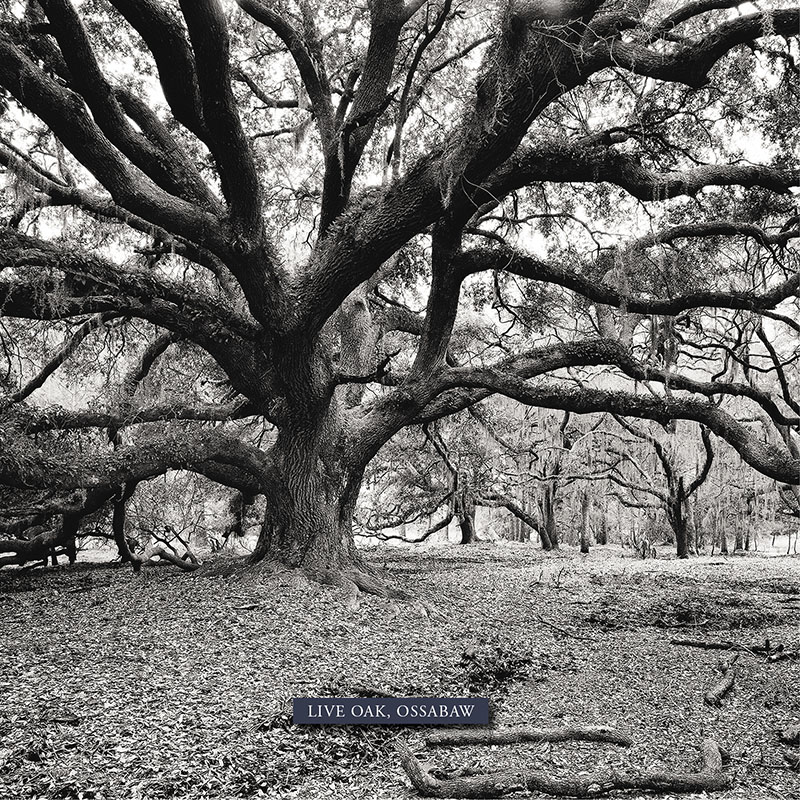
Eric fine-tuned his photography skills over several decades, building his first makeshift darkroom in a bathtub while still in college. He would later go on to study under Savannah’s own Jack Leigh, who ultimately became a close friend. “He could be very social, but he really wasn’t a social person, nobody believes that. He was really magic with people, everybody loved him.” Dee Hartley, Eric’s wife, invited me over ahead of the show. “Every house we’ve had, he’s built a darkroom, he was the happiest when he was in there,” Weathered books of photographic collections sit on the coffee table. Each one meticulously designed down to the very paper they were printed on. We go on a photographic journey through Newfoundland and Central Park at night. Then local barrier islands, Ossabaw, St. Catherine’s, Cumberland, and Sapelo. For me, an artistic treat, for Eric, tangible memories.
Growing up on the Connecticut coast, Eric’s parents bought him a little boat when he was about 9 years old. As the mother of two young sons, I can only imagine the adventurous door this opened, a love of the coast his wife Dee says never left him. “Our vacations we’d go to Maine, and we’d never have a reservation. We’d always drive up the coast, so you’d see all kinds of little fishing places.” Eric always chased the morning light and sought to photograph when people weren’t around.
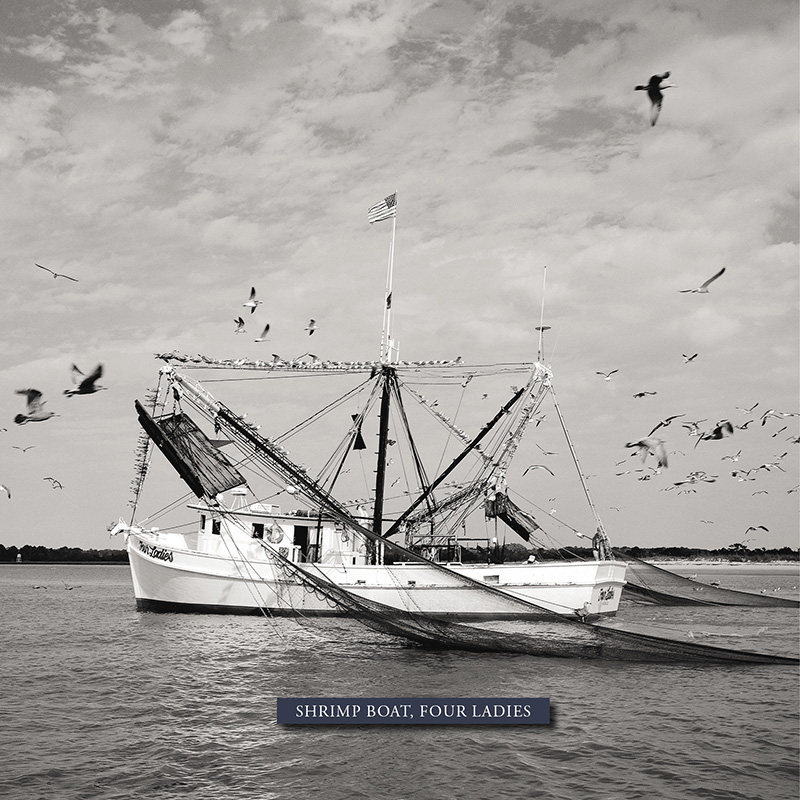
Eventually finding their way to Richmond Hill in 1985 with their two daughters Cynthia and Christine, Eric began to document the ever-changing landscape of coastal Georgia. “When you went on the boat with Eric, you weren’t gone a couple of hours, you were gone all day,” Dee says. He found the beauty in old forgotten boats, fine lines in the sand, and sprawling branches of live oaks. His photography captures a stillness that has become harder and harder to find, not just here, but almost anywhere in our society.
Eric wanted to tell the story as it was. Even after reluctantly adapting to digital photography, he still preferred to capture his subjects in their element. There are no fancy filters or embellishments. Fallen branches in the foreground of “Big Live Oak” might have been photoshopped out or moved by another artist. Eric worked them into the composition. As the finishing touch to all his pieces, he chose to mat and frame each piece himself, no detail overlooked.
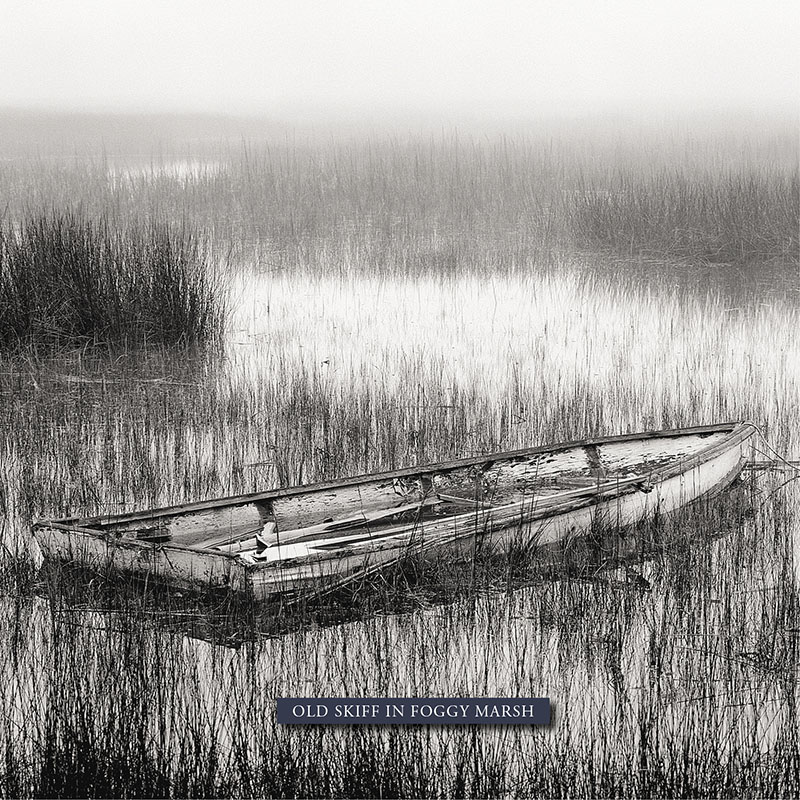
“He was just a really great guy, just about to hit it big, maybe he did. You wouldn’t believe how hard he worked on those photos. So many parameters,” local artist Jim Leahy tells me on opening night. Jim, also a long-standing member of Arts on the Coast, helped Joy Dunigan install the show at Great Oaks.
“Eric was always so humble and very kind in sharing his thoughts. He truly enjoyed the process of making art and it shows.” artist Paul Downs reflects.
“I think this show will do more than just celebrate his work, as it really celebrates his soul in each one. I think people who see this show, especially those that knew Eric, will feel like they are getting to see an old friend again, “ Joy says.
And for those who didn’t get a chance to know Eric, they will get a chance to appreciate an exemplary body of work, from an influential local artist, that will no doubt withstand the test of time.
Dee Hartley generously loaned her collection for viewing until August 12. It’s well worth your time to visit The Estes Gallery at Great Oaks Bank and see the works in person.

















